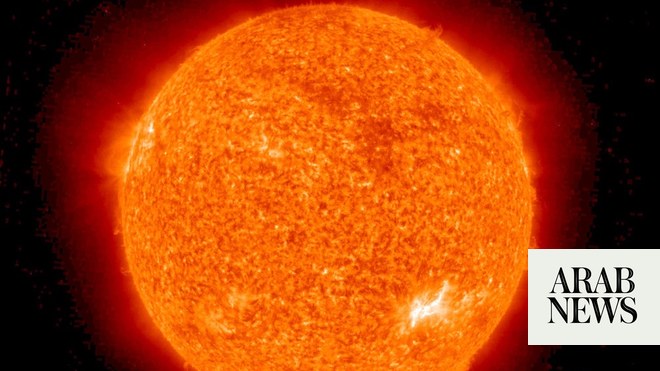
Combining solar power and microbes could produce 10 times more protein than crops such as soya beans, according to a new study.
The system would also have very little impact on the environment, the researchers said, in stark contrast to livestock farming which results in huge amounts of climate-heating gases as well as water pollution.
The concept uses electricity from solar panels and carbon dioxide from the air to create fuel for microbes, which are grown in bioreactor vats and then processed into dry protein powders. The process makes highly efficient use of land, water and fertiliser and could be deployed anywhere, not just in countries with strong sunshine or fertile soils, the scientists said.
Food security is a “critical issue” for humanity in coming decades, they said, with the global population growing, biofuels competing for land with crops, and about 800 million people already undernourished today. Furthermore, tackling the climate crisis will be near impossible without slashing emissions from animal and dairy food production.
Microbes are already used to make many common foods, such as bread, yoghurt, beer and Quorn. But other researchers said converting consumers to eating microbial protein might be difficult and that such foods may not be nutritionally complete.
Dorian Leger, at the Max Planck Institute of Molecular Plant Physiology in Potsdam, Germany, who led the new analysis, said: “We think microbial foods are very promising and will be one of the major contributors to solving the potential food crisis.
“It might pick up quite quickly on the consumer side, but it’s hard to say. “But I do some exercise, and if I was offered a bacterial protein shake now, I would have it.”
The team focused on soya beans, as these are linked to the destruction of forests and are mostly fed to animals, but other bacteria produce the main elements of palm oil. “Bacteria are very flexible, so they could eventually be tuned to different products,” Leger said.
At least a dozen companies are already producing animal feed from microbes but the bacteria are typically fed either sugars from other crops or methane or methanol from fossil fuels. Solar Foods, based in Finland, is using electricity to create food for humans.
The new assessment, published in the journal Proceedings of the National Academy of Sciences of the United States of America, is the first quantitative comparison of land use and energy efficiency between traditional agriculture and solar-powered microbial production systems.
The researchers used data on today’s technologies to calculate the efficiency of each step of the process, including capturing CO2 from the air and processing the microbes into food that people could eat. They found the microbial system used just 1% of the water needed by the crops and a small fraction of the fertiliser, most of which is wasted when used in fields.
The analysis estimated that the solar-microbial process could produce 15 tonnes of protein from each hectare (or per 2.5 acres) a year, enough to feed 520 people, which the scientists said was a conservative estimate. In comparison, a hectare of soya beans could produce 1.1 tonnes of protein, feeding 40 people. Even in countries with relatively low sunlight levels like the UK, microbial protein production was at least five times greater from each hectare than plants.
The microbial protein would cost about the same as current proteins eaten by people, such as whey or pea, the researchers suggested. But it was several times more expensive than current animal feeds, although future technological improvements are expected to lower costs.
Leger said plants’ ability to photosynthesise is remarkable but, in terms of energy efficiency, staple crops only convert about 1% of solar energy into edible biomass. This is because plants have evolved to compete and reproduce as well as just grow, and use less of the solar light spectrum than photovoltaic panels.
All the components of the system exist, but Leger said they now need to be tested together and at scale, in particular the capturing of CO2 from the air and ensuring that used solar panels can be recycled. “For human food, there’s also a lot of regulation that needs to be overcome,” he said.
Pete Iannetta, at the James Hutton Institute in Scotland, said: ““It’s a really interesting concept – you are divorcing food production from land use, which would mean you could have all that land available for rewilding.”
But he said food is not only composed of the main nutrients, like protein and carbohydrate: “There are an awful lot of secondary compounds that are important for your wellbeing.” Iannetta also questioned whether microbial foods would become mainstream: “For example, we have used algae for a long time as a potential food resource, but it’s still not widely accepted.”
Dr Toby Mottram, a consultant on agricultural technology, said: “Until the model is tested and costed with a pilot-scale plant, including a lifecycle assessment of [solar panel] production, it is hard to comment on whether it improves on [farming] systems which have been sustained for thousands of years, albeit for a lower population than we are planning to feed.”












